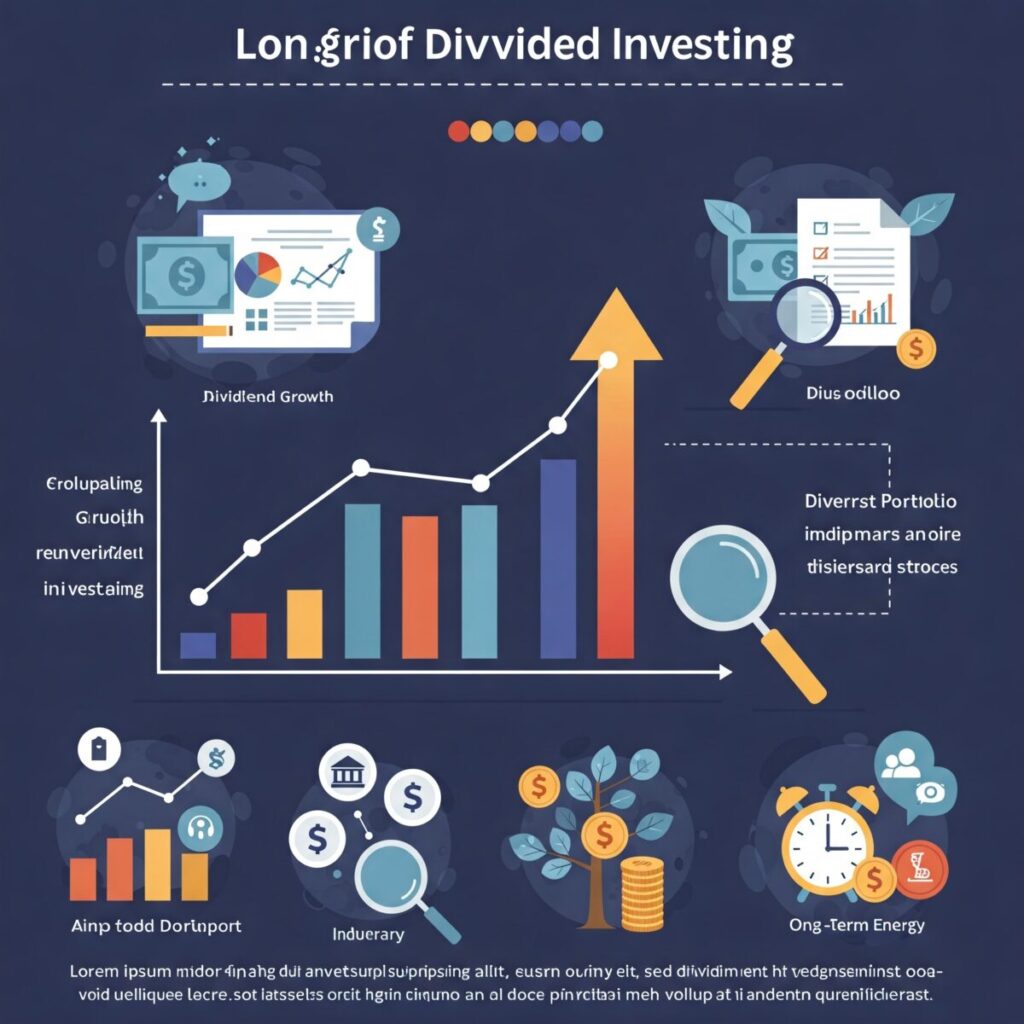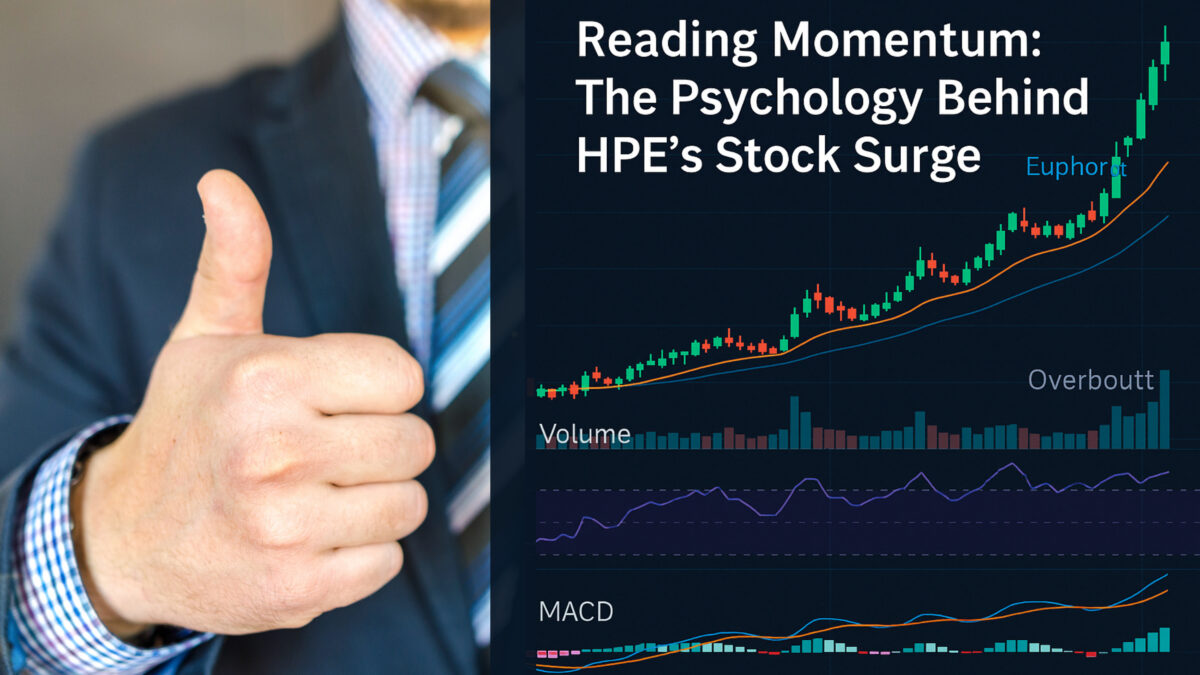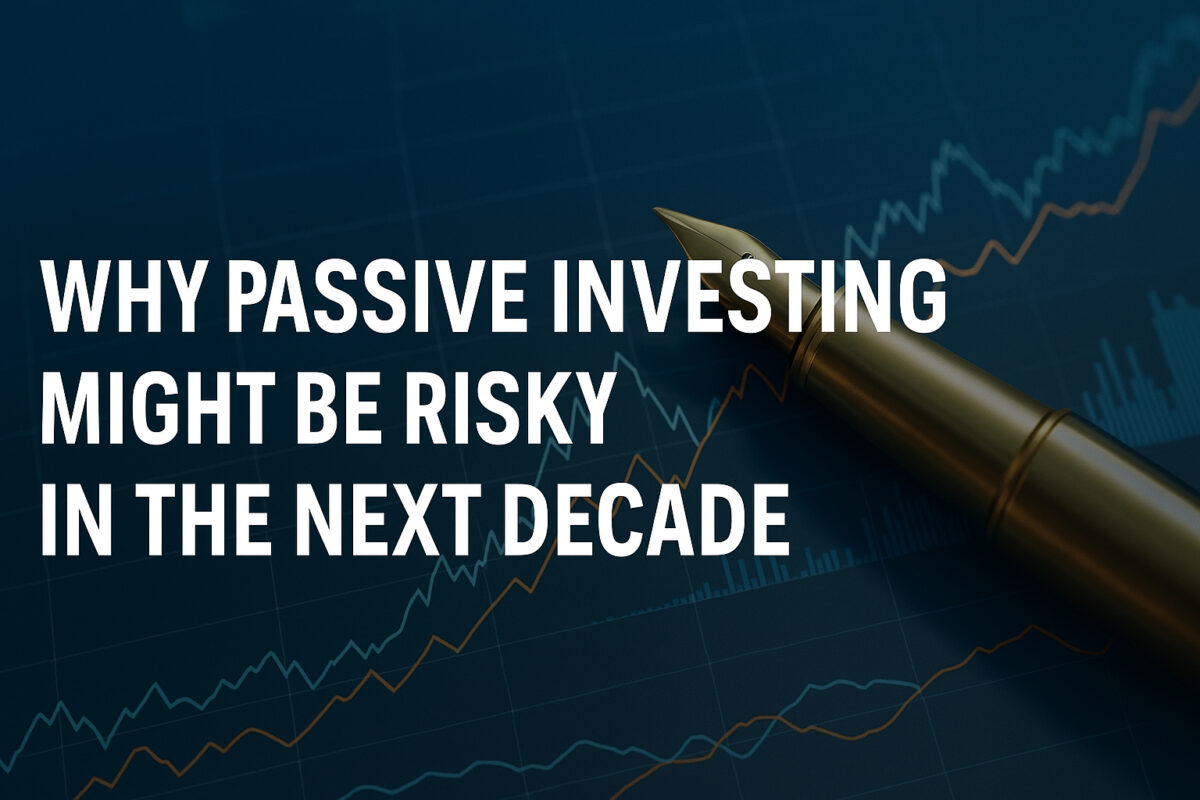4 Techniques for Long-Term Dividend Investing: Build Sustainable Income & Wealth – In the ever-evolving landscape of investment, the allure of consistent, passive income remains a beacon for many. Long-term dividend investing, a strategy focused on acquiring shares of companies with a history of regular dividend payouts, offers a compelling path to building sustainable income and long-term wealth.
This approach, rooted in stability and growth, allows investors to generate consistent cash flow while benefiting from potential capital appreciation. This post will delve into the intricacies of long-term dividend investing, exploring its benefits, key strategies, and how to identify robust dividend-paying companies.
Table of Contents

The Power of Dividend Investing: A Foundation for Long-Term Wealth
At the core of dividend investing lies a simple yet powerful concept: companies distribute a portion of their profits to shareholders in the form of dividends. For long-term investors, these consistent payouts provide a reliable and predictable income stream. This income can be used to supplement current earnings, or, more strategically, reinvested through Dividend Reinvestment Plans (DRIPs) to harness the compounding effect, significantly accelerating wealth accumulation over time.
The true power of dividend investing manifests in its ability to generate passive income, a critical advantage, especially during periods of market volatility. Unlike capital gains, which are subject to the whims of short-term market fluctuations, dividends offer a steady flow of cash, regardless of prevailing market conditions. This stability makes dividend investing particularly appealing to individuals approaching or in retirement, where a consistent income stream is essential for financial security.
Furthermore, companies with a track record of consistent dividend growth often exhibit strong financial fundamentals and robust management. These companies prioritize shareholder returns, demonstrating a commitment to stability and long-term value creation. Such characteristics make them attractive long-term holdings, as they tend to weather economic downturns more effectively than companies focused solely on growth.
To illustrate the strength of this strategy, we will explore the Dividend Aristocrats, an elite group of S&P 500 companies that have consistently increased their dividends for at least 25 consecutive years.
These companies represent the pinnacle of dividend reliability and offer a compelling example of the power of long-term dividend investing. Additionally, we will examine other indices and exchange-traded funds (ETFs) that focus on dividend-paying companies, providing investors with diversified options to build a robust dividend portfolio.
Key Strategies for Long-Term Dividend Investing: A Blueprint for Success
To truly unlock the potential of dividend investing and construct a portfolio that generates sustainable income and long-term wealth, several key strategies must be implemented. These techniques aren’t merely suggestions, but rather fundamental pillars upon which a successful dividend investing strategy is built.
- Dividend Reinvestment Plans (DRIPs): The Power of Compounding: Dividend Reinvestment Plans (DRIPs) offer a powerful mechanism for accelerating wealth accumulation. Instead of receiving dividends as cash, these plans automatically reinvest the payouts back into the company, purchasing additional shares. This process harnesses the magic of compounding, where reinvested dividends generate further dividends, creating a snowball effect over time. This strategy is particularly effective for long-term investors, as it maximizes the growth potential of their portfolio without requiring active management.
- Focus on Dividend Growth: The Hallmark of Quality: While current dividend yields are important, prioritizing companies with a consistent history of dividend growth is paramount. These companies not only pay dividends but also demonstrate a commitment to increasing them over time, often annually. This consistent growth signifies financial strength, disciplined management, and a dedication to shareholder returns. Seeking out ‘Dividend Aristocrats’ or similar companies is a good method to find these companies.
- Diversification: Mitigating Risk and Ensuring Stability: Diversification is a cornerstone of any sound investment strategy, and dividend investing is no exception. Spreading investments across various sectors and industries mitigates risk, ensuring a steady income stream even during economic downturns. By diversifying, investors can reduce their exposure to the volatility of any single sector or company, creating a more resilient portfolio.
- Due Diligence: The Foundation of Informed Decisions: Before investing in any dividend-paying company, thorough due diligence is essential. This involves a comprehensive analysis of the company’s financial statements, dividend history, competitive landscape, and future prospects. Investors should assess the company’s ability to sustain and grow its dividends, as well as its overall financial health. This research will help the investor make well informed decisions.
- Holding for the Long Term: The Virtue of Patience: Dividend investing is a long-term strategy that thrives on patience. Resisting the urge to chase short-term gains and focusing on building a portfolio that generates consistent income over decades is crucial. This approach allows investors to benefit from the compounding effect and the steady growth of dividend-paying companies. By adopting a long-term perspective, investors can build a portfolio that provides a reliable income stream and contributes to long-term financial security.
Identifying Robust Dividend-Paying Companies: A Framework for Sustainable Income
The cornerstone of successful dividend investing lies in the ability to identify companies with a sustainable dividend track record. This requires a meticulous and analytical approach, focusing on key financial metrics and qualitative factors that indicate long-term stability and growth potential.
- Strong Financial Health: The Bedrock of Dividend Sustainability: Companies with robust financial health are better positioned to maintain and grow their dividends. Key indicators include low debt-to-equity ratios, which signify financial stability and reduced risk. Consistent earnings growth demonstrates the company’s ability to generate profits and support dividend payouts. Analyzing financial statements, including balance sheets and income statements, is crucial for assessing a company’s financial strength.
- Consistent Dividend History: A Testament to Shareholder Commitment: A long and uninterrupted history of paying and, ideally, increasing dividends is a powerful indicator of a company’s commitment to shareholder returns. Companies that have consistently rewarded their investors through dividends are more likely to continue doing so in the future. This consistency demonstrates a stable business model and a disciplined approach to capital allocation. Look for companies in the Dividend Aristocrats, or similar lists.
- Stable Industry: Navigating Economic Cycles with Resilience: Companies operating in stable, essential industries are less susceptible to the volatility of economic cycles. These industries, such as consumer staples, utilities, and healthcare, provide essential goods and services that remain in demand regardless of economic conditions. Investing in companies within these sectors can provide a more consistent and reliable dividend income stream.
- Sustainable Payout Ratio: Balancing Reinvestment and Shareholder Returns: The payout ratio, which represents the percentage of earnings paid out as dividends, is a crucial metric to consider. A sustainable payout ratio strikes a balance between reinvesting profits for future growth and rewarding shareholders with dividends. A ratio that is too high may indicate that the company is sacrificing growth opportunities, while a ratio that is too low may suggest that the company is not prioritizing shareholder returns.
- Competitive Advantage: The Moat That Protects Dividends: Companies with strong competitive advantages, often referred to as ‘moats,’ are more likely to sustain profitability and, consequently, their dividend payouts. These moats can include brand recognition, patents, economies of scale, or network effects. Investing in companies with durable competitive advantages can provide a more secure and predictable dividend income stream.
Risks and Considerations: Navigating the Potential Pitfalls of Dividend Investing
While long-term dividend investing offers a compelling path to building sustainable income and wealth, it is essential to acknowledge and understand the inherent risks. A balanced perspective is crucial, recognizing that no investment strategy is without potential drawbacks.
Even with consistent dividend income, inflation can erode the purchasing power of those dividends over time. It is important to consider the inflation rate when evaluating the real return of dividend investments. Seek out companies that increase dividends at rates that outpace inflation.
- Dividend Cuts and Eliminations: The Impact of Economic Downturns: Companies, even those with a long history of dividend payouts, can cut or eliminate dividends during periods of economic downturns or financial distress. A significant decline in earnings, increased debt levels, or changes in business strategy can force companies to prioritize financial stability over dividend distributions. Investors must be prepared for the possibility of dividend reductions and understand that dividend income is not guaranteed.
- Market Volatility and Capital Losses: The Inherent Risk of Equity Investments: Like any equity investment, dividend-paying stocks are subject to market volatility. Share prices can fluctuate significantly, potentially leading to capital losses. While dividends provide a buffer against market downturns, they do not eliminate the risk of capital depreciation. Diversification across various sectors and asset classes can help mitigate this risk.
- Industry-Specific Risks: Understanding Sector-Specific Challenges: Certain industries are more susceptible to economic downturns or technological disruptions than others. Investing heavily in a single industry can expose investors to significant risks. Thoroughly researching the industry’s prospects and understanding the potential challenges is crucial for mitigating industry-specific risks.
- Interest Rate Sensitivity: The Impact on Dividend Valuations: Dividend-paying stocks, particularly those in sectors like utilities and real estate, can be sensitive to interest rate changes. Rising interest rates can make 1 alternative investments, such as bonds, more attractive, potentially leading to a decline in the valuation of dividend stocks. Investors should consider the potential impact of interest rate changes on their portfolio.
- Tax Implications: Understanding the Tax Treatment of Dividends: Dividend income is subject to taxation, and the tax treatment can vary depending on the investor’s location and income level. Understanding the tax implications of dividend income is crucial for accurately assessing the after-tax return on investment. Investors should consult with a tax advisor to understand the specific tax rules that apply to their situation.
- Inflation Risk: The Erosion of Purchasing Power: Even with consistent dividend income, inflation can erode the purchasing power of those dividends over time. It is important to consider the inflation rate when evaluating the real return of dividend investments. Seek out companies that increase dividends at rates that outpace inflation.
Conclusion:
Long-term dividend investing presents a compelling strategy for building sustainable income and long-term wealth. By focusing on financially sound companies with a history of consistent dividends and adopting a patient, disciplined approach, investors can create a reliable income stream and achieve their financial goals. As with any investment, due diligence and diversification are essential. Understanding the nuances of dividend paying companies, and how to find them, is a powerful tool to build wealth.
💬 Which feature excites you the most? Comment below!
💡 Stay ahead of the future! Follow us on:
🔹 Facebook: https://www.facebook.com/Tectivor
🔹 LinkedIn: https://www.linkedin.com/company/tectivor






